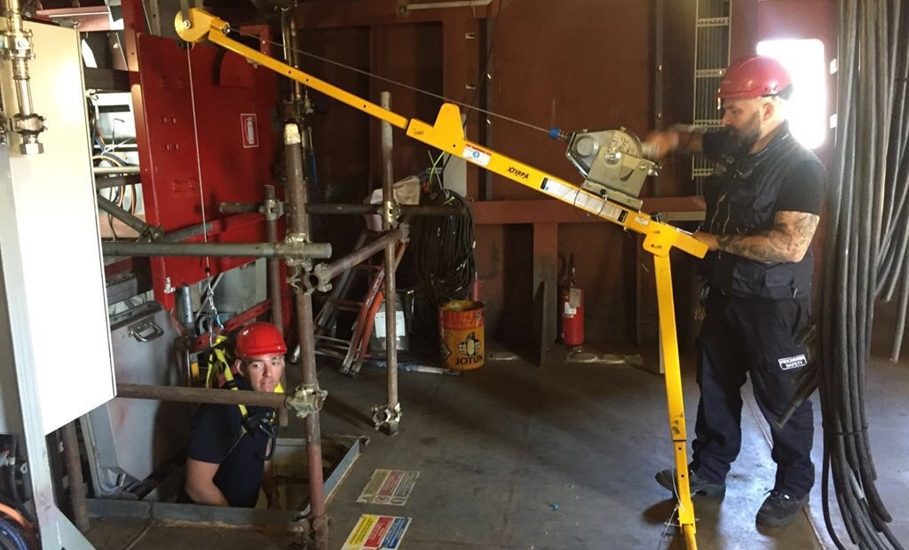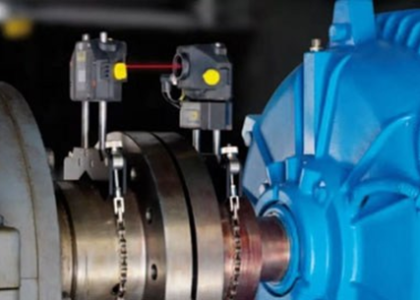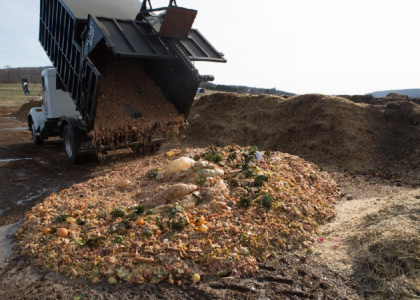Davit arm rescue systems are essential elements in several cases that would present a difficult-to-reach space. The extendable and sturdy designs allow for reach up or down into open space or outside of a building that you otherwise would not be able to access. These designs are used in several applications, from lifting to personnel, and come in handy when you need to extend and lift in an emergency. Sometimes a mobile base is a far more practical option. A fixed base gives you added benefits that can mean more efficient work in other situations. With these solutions, you have the opportunity to adjust to your specific needs to get the job done right. Each terrain and environment will come with its requirements for components that these systems will have added accordingly, while others will be suited to your specific needs. Read on to find out the uses for this system and why you might need them on site.
Davit Arm Hoist Systems And Guard Systems
For manhole and entry/retrieval applications, davit arm systems are used. Lightweight materials, such as high-strength aluminium, are used to manufacture these components. The davit arm pivots for easy rescue and can be adjusted for restricted overhead clearance. Most typical entries can be accommodated by adjusting the lower base. There are a variety of additional portable and stationary bases available to meet any job site requirement.
Davit Arm Rescue Systems Have Many Advantages
A davit arm system really adds to the amount of room or clearance accessible to work in and around the space. This is since it does not have numerous legs to get in the way.
It can also work in much bigger constrained locations, which is much better. It can, for example, readily fit square or rectangle vaults. The mast offset permits davit systems to be set up on the edge or corner of a vault and then extended over it.
Davit arm rescue systems likewise make it safer to leave space. The same may be said for entering the space. In addition, a davit system creates a greater barricade between the attendant and the restricted area opening. This is since the attendant will be standing behind the davit arm and base of the davit arm rescue system to operate the system correctly.
Mobility And Maneuverability
When working with these designs, you need to see the need for mobility and maneuverability and adjust accordingly. These systems have a vast range of accessibility and mobility options that can be suited to your work. The extending elements and mast of the system are connected to a base and move further out to allow for a much longer arm’s reach. A tripod setup ensures the most stable and, not to mention, the safest situation as it allows for a much wider spread of weight and pressure. This seems ideal but must have specific ground requirements to deploy, which can be tricky in deep-set or mountainous terrain. U-shaped options give a balance in mobility and stability, allowing for broader use and support that is still usable on less accessible terrain. A portable base is sturdy while giving you a lot of flexibility to position it in the most suitable spot, find the ideal orientation, and quickly move to ensure efficient work. Finally, a fixed base is used when there is no room for a completely mobile system.
Confined spaces, according to OSHA, are workplaces that are not designed for people but are large enough for workers to enter and complete particular tasks. They aren’t meant to be occupied for long periods and feature limited or restricted entry and departure options.
A davit arm rescue system is an essential tool and resource for dealing with emergencies in hard-to-reach places. When working around buildings or industrial settings, it can be crucial to lift and lower to allow access to specific points. Contact us today to find out more.





